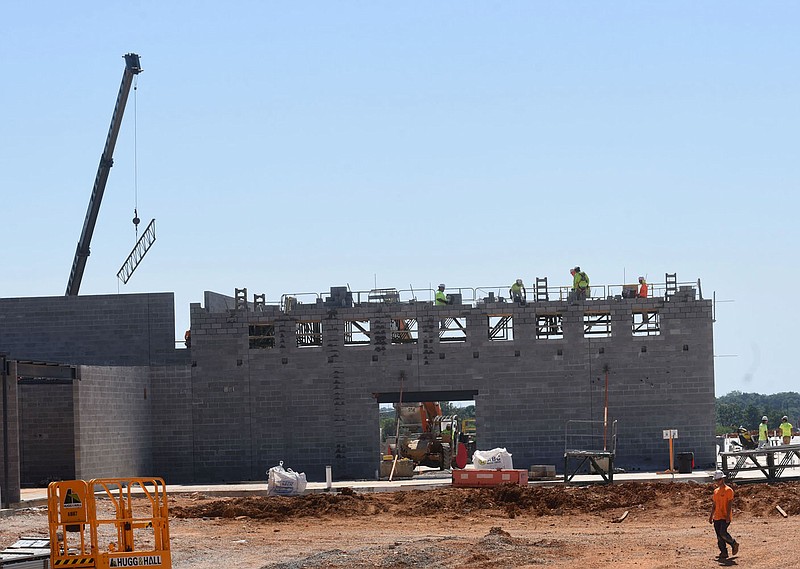Six school districts in either Washington or Benton counties must change the way they elect board members to help protect the voting rights of racial minorities, officials said.
The delayed census numbers and the size of the population growth surprised some of the districts, shortening the time frame for making the changes.
Newly released 2020 census numbers show the affected districts are Gravette and Pea Ridge in Benton County plus Elkins, Farmington, Prairie Grove and West Fork in Washington County.
A school district cannot elect all its board members in at-large elections if the latest U.S. census shows minorities make up 10% or more of the district's population, said Jeff Hawkins, director of the Northwest Arkansas Regional Planning Commission. The districts must elect most or all of their members by zones of equal population. The 1993 law's intent is to give minorities a better chance at board representation than they would have in district-wide elections, Hawkins said.
Nine of the 15 school districts in Benton and Washington counties passed that threshold in previous U.S. census results. Six did not. Five of those six were still below the threshold in census estimates released by the state in April. Pea Ridge was the only district past the threshold in the April estimates at 10.2%.
Official census results came out Aug. 12. Gravette was 15% minority, Pea Ridge 17.2%, Elkins 17.9%, Farmington 19.6%, Prairie Grove 17.6% and West Fork 14.7%.
The state's estimate, based on previous U.S. Census Bureau estimates, were about 11% off on average for those six districts, Hawkins said.
"I don't think it was anybody's fault," said David Kellogg, assistant superintendent for the Prairie Grove School District in a telephone interview Friday. The covid pandemic made conducting the census much harder for the bureau, he said, and delayed results for months.
"We knew we were on the bubble, so our board had already discussed this," Kellogg said.
The Prairie Grove School Board passed its resolution to go to a seven-member board with two at-large members at a special meeting Tuesday night, Kellogg said. West Fork's school board will bring the topic up at a meeting scheduled Monday night on other business, a spokesman for that district said.
Hawkins also cited efforts by the previous presidential administration to add a citizenship question to the census, efforts defeated in federal court. Those fights took months and delayed the results.
Now the districts must hurry to draw new, equal school election zones in time for candidate filing to begin March 1. The work must be done in time for county election officials to account for the new boundaries. The regional planning commission is assisting the districts free of charge in light of the situation, Hawkins said.
The law setting the 10% threshold is Arkansas Code 6-13-631.
"I've heard some people claim it only involves 10% of the voting-age population, and that is not true," Hawkins said. "It's 10% of the total population."
The law gives a district three options after the 10% threshold is met, all of which require the district be divided into zones of substantially equal population: a five-member board with each member elected from a zone; a seven-member board with each member elected from a zone, or a seven-member board with two elected at-large and five elected from zones.

